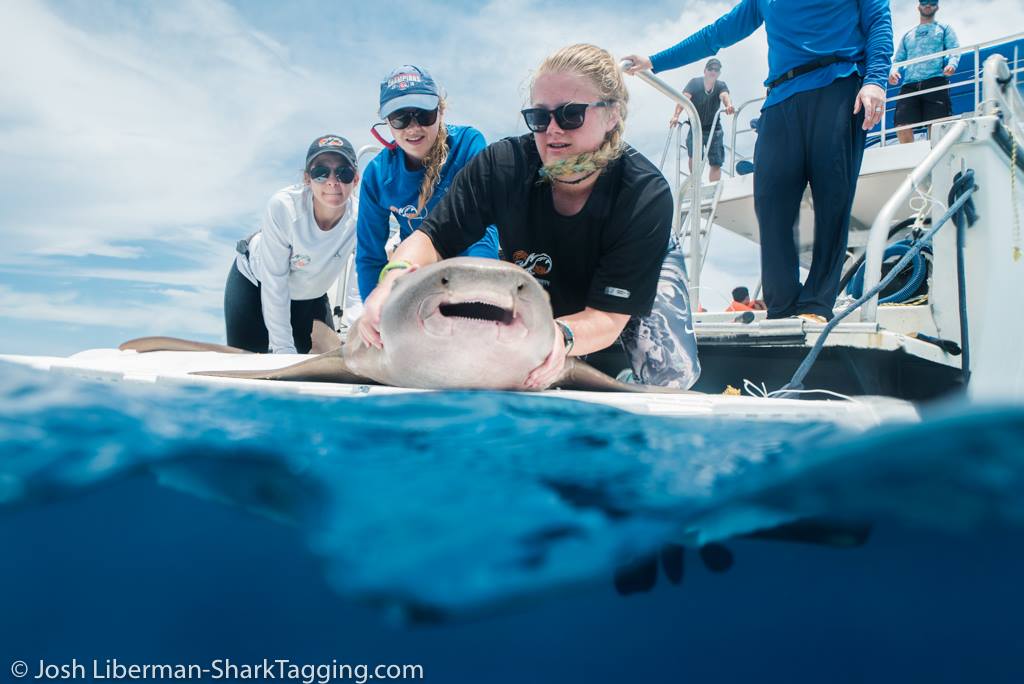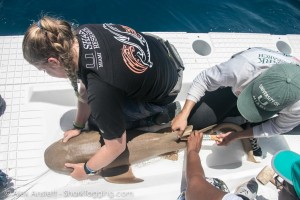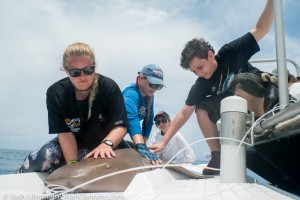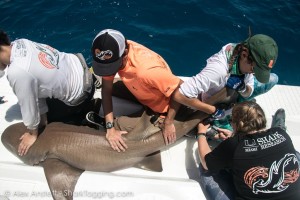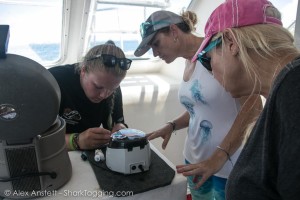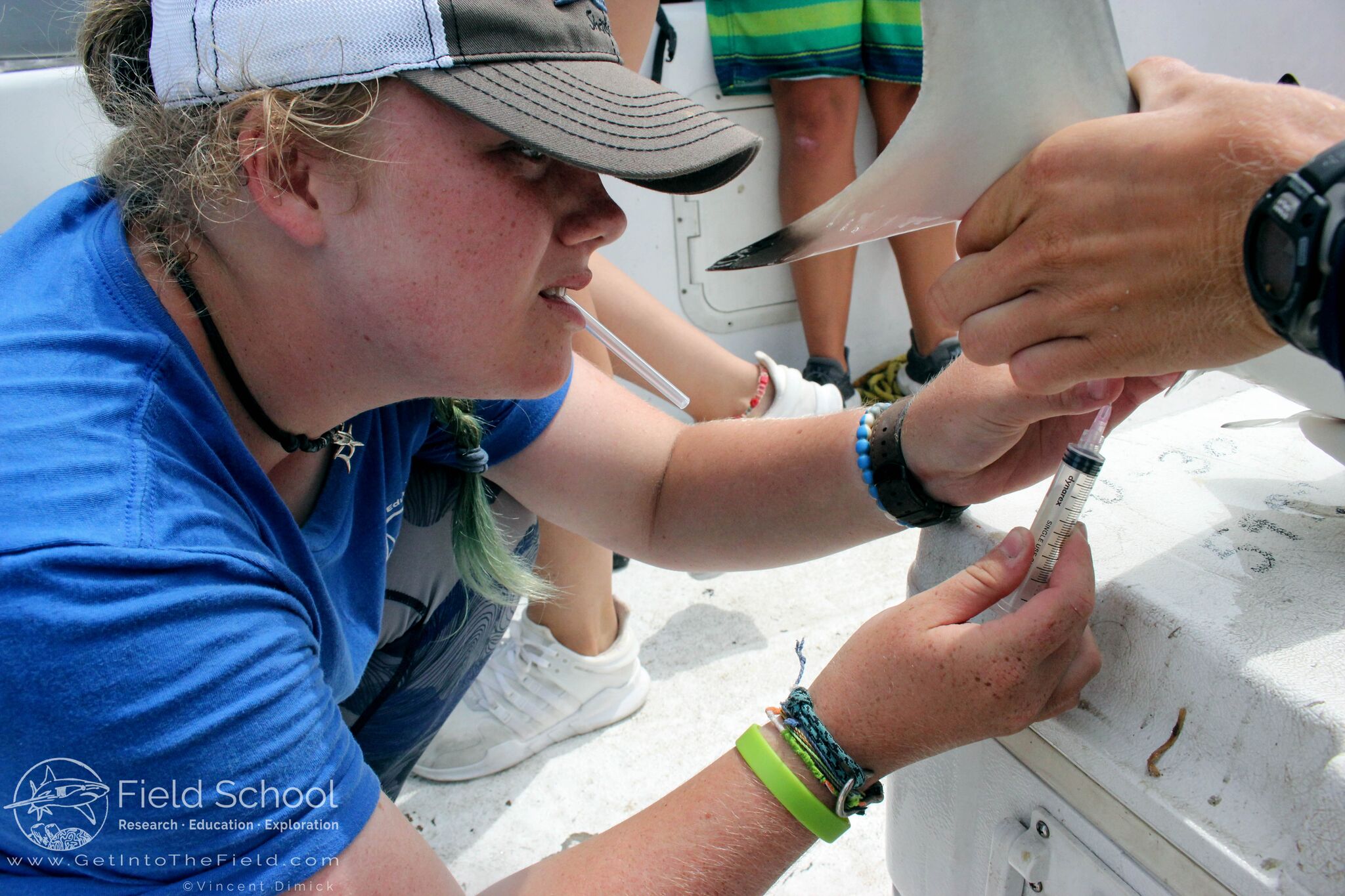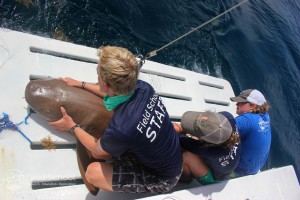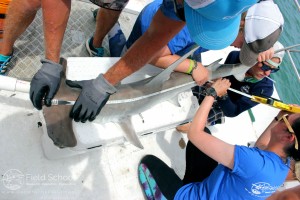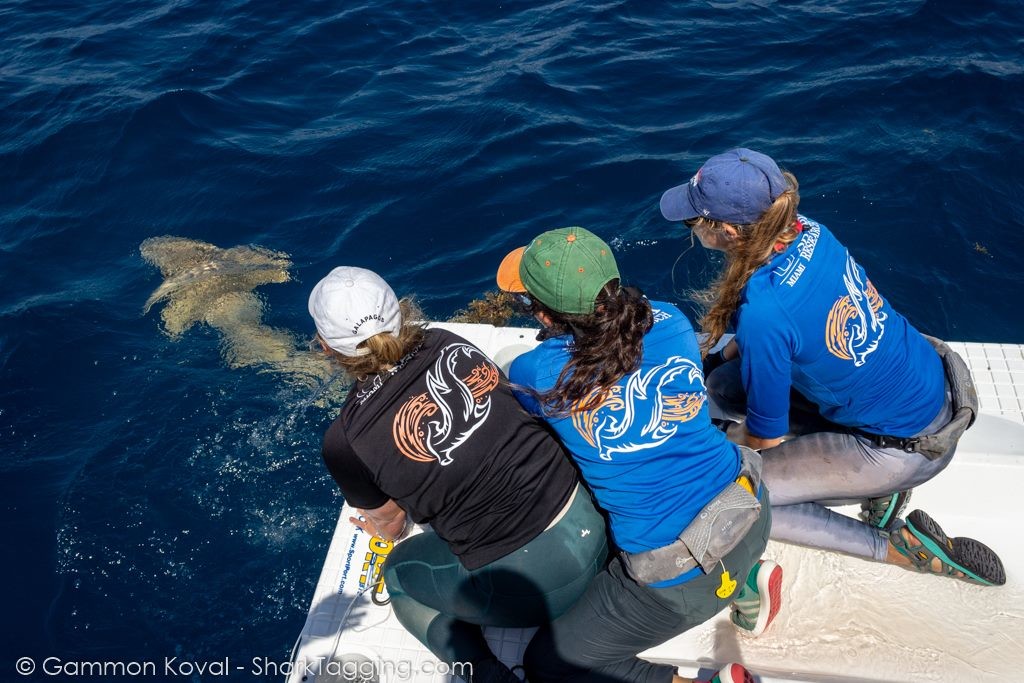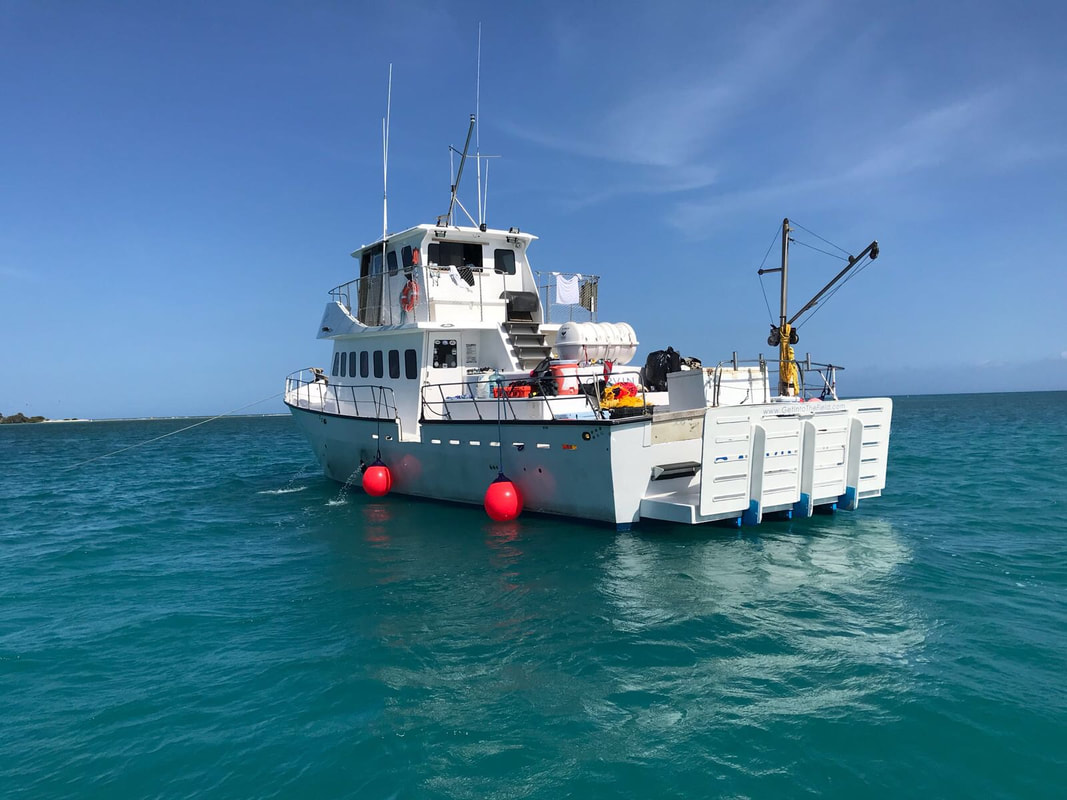The Biggest Challenge Facing the Insurance Industry: “Climate Change”
One of the first interviews that I ever conducted, I guess I was 14 at the time, was with Dr. Ben Kirtman, Professor of Atmospheric Science at the University of Miami’s Rosenstiel School of Marine and Atmospheric Science (RSMAS). Dr. Kirtman was incredibly gracious with me that day and offered hours of insight, as well as my very first tour of the RSMAS campus on Key Biscayne.

I vividly remember many things from my visit and time with Dr. Kirtman that day, but two things particularly stood out.
The first was his answer to my question about what he thought would happen to animals in coastal places such as South Florida, Antarctica and elsewhere, as sea levels continued to rise and rise. His response was something to the effect of “well, Delaney, I’m not sure, but I think the polar bears are in trouble.” That answer led to the title of the comic book I wrote a few months later entitled “Where Did All Of The Polar Bears Go?” So props to Dr. Kirtman for planting that particular seed.
The other comment from that day that I have been thinking a lot about this week had to do with his answer about what he believed might ‘force’ the changes that our society will require to get serious about addressing our climate change crisis. He explained that he thought that certain industries such as mortgage lenders and insurance companies might lead the way. Coastal homes or businesses subject to routine flooding and rising seas would become poor risks for mortgage lenders who would fear that a property could be rendered useless, abandoned, and then have their loan defaulted. Insurers would also increasingly be reluctant to insure such locations and stop offering coverage all together at some point rather than pay claims for flood losses was his other thought.
His comment about the insurance industry came to mind again when I read an article this week from Insurance Business Magazine that quoted a New Zealand insurer as believing that our climate change crisis is the biggest challenge the insurance industry faces in its future. Here’s the quote from David Rush, Director of Vision Insurance, that captured my attention:
“The first challenge we face is climate change – dealing with the increasing frequency of natural disasters, and the on flow effects of premium increases and policy restrictions.”
Mr. Rush’s comments are, of course, logical.
More and larger devastating wildfires, as we’ve seen in California and elsewhere around the world as temperatures continue to rise.
More numerous and larger devastating hurricanes, typhoons and tsunamis.
Carbon pollution in our oceans and atmospheres that have grown to historic and alarming levels.
Rising sea levels all over the planet.
Record heat waves and temperatures (with 2018 behind us, consider that four of the hottest last five years on record have just taken place).
Droughts in the American West and elsewhere in North America much less all over the world including in the Holy Lands in Israel and other places in the Middle East.
All sorts of industries are beginning to find the value of becoming sustainable and of offering sustainable products. They are doing this not only to meet increasing consumer demand, but also because it is good business for their bottom line.
Dr. Kirtman sure was right when he predicted that our climate change crisis would soon capture the attention of industry and that some industries would likely force changes in their business, what they are and are not willing or able to do, in order to address the opportunities and challenges that they face.
To start off 2019 by reading that an insurance executive believes that climate change is the biggest challenge his industry faces is, I am sure, just the start. As the damage from our climate change crisis continues to grow, the impact to people and businesses all over the world will likewise exponentially increase and, thus, the sooner we shift our world economies to sustainable, clean energy solutions, the less costly these impacts will be for all of us.

